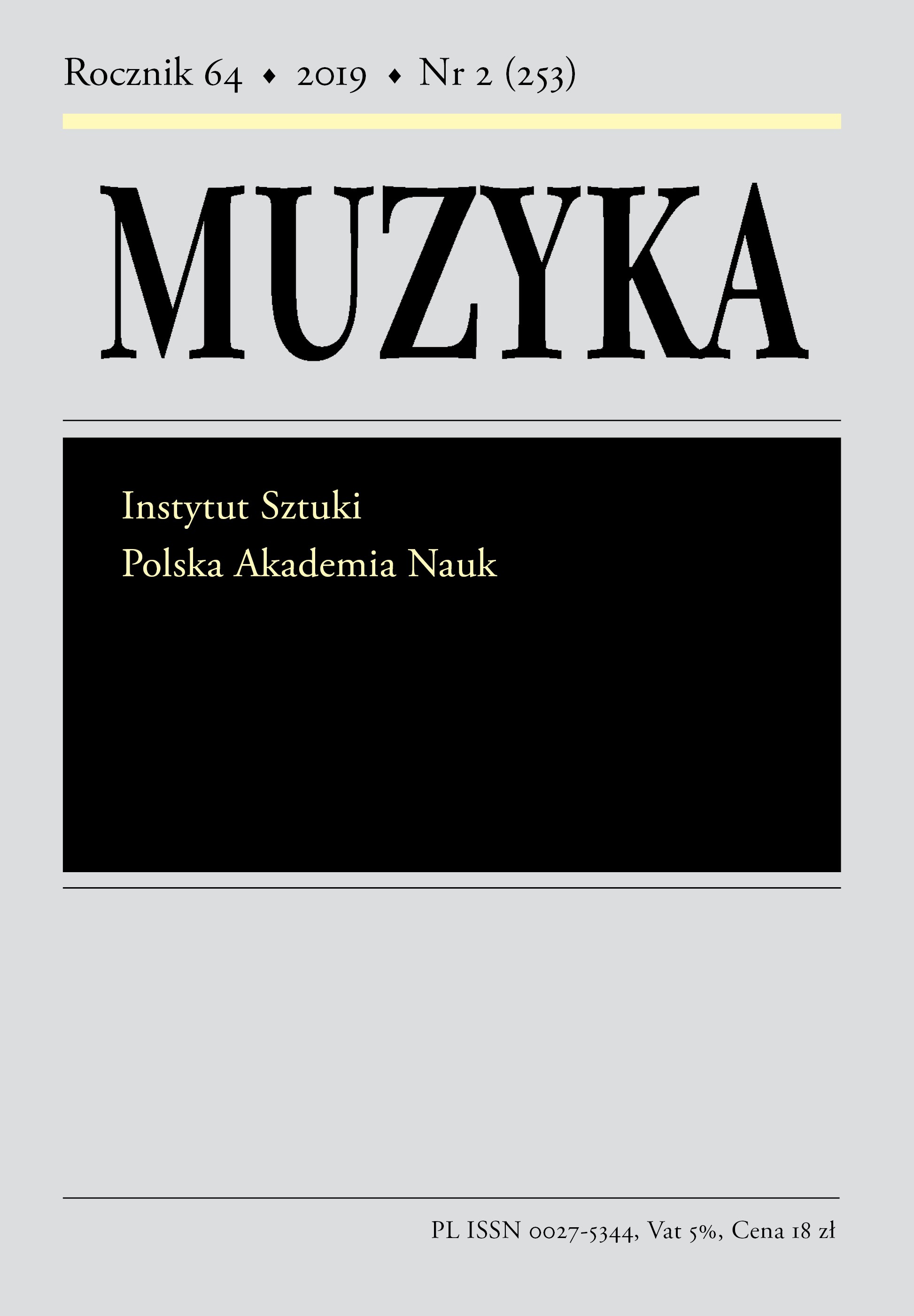Muzyczne aspekty pieszej pielgrzymki Władysława Reymonta na Jasną Górę
The musical aspects of Władysław S. Reymont’s pilgrimage on foot to Jasna Góra Monastery
Author(s): Barbara ŚnieżekSubject(s): Music, Studies of Literature
Published by: Instytut Sztuki Polskiej Akademii Nauk
Keywords: Władysław Reymont; pilgrimage; Jasna Góra; Aadiosphere; singing; liminality; communitas; 19th-century music
Summary/Abstract: On 5th May 1894, Władysław Reymont, then a 27-year-old beginner writer, joined a pilgrimage from Warsaw to Jasna Góra. His aim was to write a report on the pilgrimage for Tygodnik Ilustrowany weekly. Reymont’s ethnographic account of the journey to Jasna Góra is a model example of what van Gennep calls the liminal phase of a rite of passage, and of Turner’s communitas. The book also contests some types of discourse and attitudes (Eade, Sallnow), frequently reflected in the musical activity of the pilgrims. By describing the song and music, the author presents both the moods of his journey companions and his own. The author characterises (in a literary fashion) all the sounds and noises that he discovered in the changing soundscape during his journey. He also describes the soundscape of the travelling company itself, on the move and in periods of rest. Group singing allowed the pilgrims from Praga to domesticate the liminal phase of the pilgrim rite, marked by suffering, and make the journey situation familiar as well. Reymont’s Pilgrimage to Jasna Góra demonstrates the writer’s sensitivity to music. He later introduced musical topics in his novels The Peasants and Ferments, while the experience of a pilgrimage recurs in The Peasants as well and in the novelette Mother.
Journal: Muzyka
- Issue Year: 64/2019
- Issue No: 2
- Page Range: 89-102
- Page Count: 14
- Language: Polish

